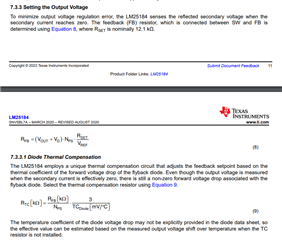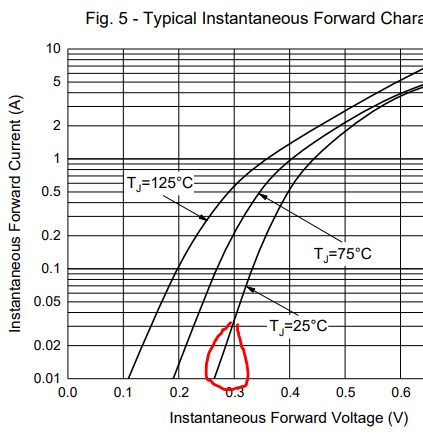Hello Dear TI Team,
We need to provide estimation of the Vout range over temperature in terms of WCCA considering all internal and external variables/factors or in other words to determine the function Vout=f('variation over temperature of all internal current sources and voltage references', RFB, RSET, RTC)
To do that, we first tried to use the PSICE model available on the LM25184-Q1 product page, however it seems incomplete or simplified. We tried also with the updated SPICE model of LM25184-Q1 delivered in that forum 8 Months ago - the same result.
Therefore can you please provide such complete formula for Vout as function of the related internal and external variables, as described above?
Other solution could be more accurate SPICE model of LM25184-Q1, however such approach has additional and hidden risks and uncertainties.
Best regards,
Cvetan Marinov




